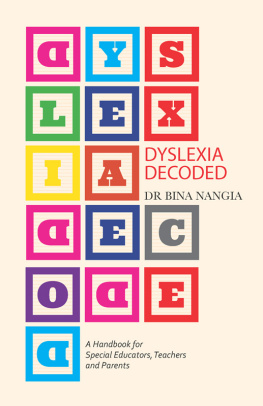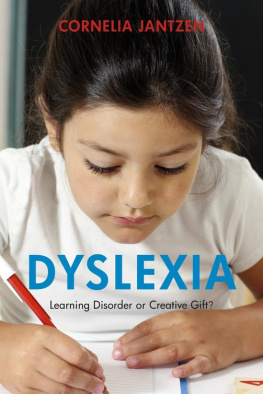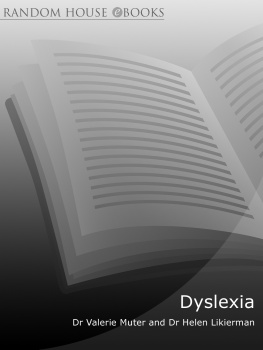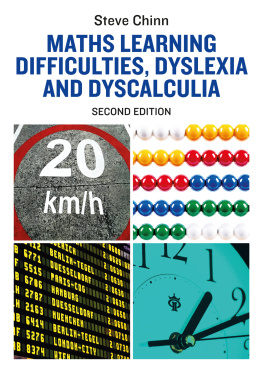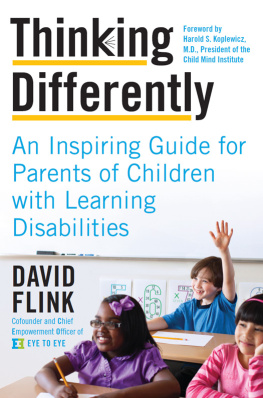Hay House Publishers (India) Pvt. Ltd.
Muskaan Complex, Plot No.3, B-2 Vasant Kunj, New Delhi-110 070, India
Hay House Inc., PO Box 5100, Carlsbad, CA 92018-5100, USA
Hay House UK, Ltd., Astley House, 33 Notting Hill Gate, London W11 3JQ, UK
Hay House Australia Pty Ltd., 18/36 Ralph St., Alexandria NSW 2015, Australia
Hay House SA (Pty) Ltd., PO Box 990, Witkoppen 2068, South Africa
Hay House Publishing, Ltd., 17/F, One Hysan Ave., Causeway Bay, Hong Kong
Raincoast, 9050 Shaughnessy St., Vancouver, BC V6P 6E5, Canada
Email: contact@hayhouse.co.in
www.hayhouse.co.in
Copyright Dr Bina Nangia 2013
The moral right of the author has been asserted.
The views and opinions expressed in this book are the authors own and the facts are as reported by her, which have been verified to the extent possible, and the publishers are not in any way liable for the same.
All rights reserved. No part of this book may be reproduced by any mechanical, photographic, or electronic process, or in the form of a phonographic recording; nor may it be stored in a retrieval system, transmitted or otherwise be copied for public or private use other than for fair use as brief quotations embodied in articles and reviews, without prior written permission of the publisher.
ISBN 978-93-81431-97-9
Designed and typeset at
Hay House India
Printed and bound at
Rajkamal Electric Press, Sonipat, Haryana (India)
To
This book is dedicated to
Dr Sunita Sodhi, for being my mentor and guiding force.
My students without whom, this book would not have been
possible.
My guide S. R. Mittal who inspired me.
My parents who instilled a sense of purpose and responsibility
in me.
My husband Pankaj, who has stood by me and motivated me
to carry on my work.
My sons Abheek and Bharath for being my strength and
inspiration.
My daughters-in-law Kalpana and Priya for encouraging me to
finally complete this book.
In this book the terms dyslexia, learning difficulties, learning disabilities learning disorders and specific learning difficulties are used interchangeably as they all mean the same thing.
The educational needs of children are a priority for parents, teachers and society at large. It is equally important to be able to address the special educational needs of learning disabled children. Until now, the needs of students with significant learning difficulties have been met entirely outside of classrooms or with the help of special education teachers in a resource programme. However, more and more students have been facing learning problems in recent years, and thus the role of schoolteachers has also been stretched in order to meet the needs of students with learning difficulties in their classes. With inclusive education being the present day norm, the need of the hour is to train class teachers to manage learning difficulties.
Training special education staff is a tedious task, and so if classroom teachers become aware of learning difficulties, they can, to a great extent, reach out to many more students who need help. To be a successful teacher to students who are struggling to learn, you need to understand that these children are not necessarily less intelligent or less capable than the successful students. Many are simply less fortunate because successful students can process information effectively while students with processing deficits struggle.
Although many of these children have been labeled learning disabled, a better description would be learning strategy disabled.
We all learn differently, and once this is understood it will be easy for anyone to pick up strategies from this book and apply them. Firstly, it is first important to realize that we need to use different methods to help different people, and then have the conviction to do so. In my practice of many years, I have used simple techniques that have gone a long way to help children with different needs.
This book provides information on dyslexia along with a wide range of teaching methods and strategies. These practical, easy-to-use strategies, techniques and activities have been collected from a variety of resources. Parents will find this book easy to use and so will teachers. Understanding and being aware of the special educational needs of dyslexic students demystifies dyslexia and decodes the code, making it just another way of learning or teaching: this is my goal through this book. The strategies presented here have been effective for regular students as well.
We really dont know for certain how many students whom weve labeled slow or retarded or remedial have actually been experiencing some type of learning difference. We dont know if we have under diagnosed or over diagnosed. But I do know that from the time you start reading this book you will know exactly why and how to help children with learning difficulties, and I promise that these methods have been used by me and others with success. It thrills me even now when I meet my dyslexic students and they remember the acronyms we used, for example, ache (Aditya Checks His Eyes when he has a stomach-ache). The success stories at the end of the book will verify my claims!
My goal is to reach out, in simple language, to teachers, parents, counselors and students so we can create the awareness and sensitivity that each child, especially a child with learning disabilities, demands. I hope this work will help every dyslexic student reach the pinnacle of success that he or she deserves. I treasure the time spent teaching them remedial strategies and this book is entirely due to their blessings.
For the sake of convenience he or she is used interchangeably in the text and has no gender specific reason.
Dr Bina Nangia
June 2013
If they cant learn the way we teach them, lets teach them the way they learn.
Dr Kenneth Dunn

Education is not the amount of information that is put into your brain and runs riot there, undigested all your life. If education were identical with information, the libraries would be the greatest sages in the world and encyclopaedias the rishis
Swami Vivekananda
Diagnosing Poor School Performance: Multidisciplinary Approach
Poor marks are a symptom of an underlying cause. When a patient seeks treatment for a particular problem, the doctor uses a logical approach to arrive at the diagnosis. For instance, if the patient complains of a cough, the doctor arrives at a diagnosis by carefully ruling out one cause after the other, such as pharyngitis, pneumonia, tuberculosis or cancer. This approach is simple and logical, and a similar approach is used to determine the specific cause for poor marks in an underachieving child.
A poor performance in school right from the beginning of a childs education indicates a certain kind of learning problem. If the childs academic performance declines for instance, in class 8 or 9, this may be due to another kind of problem. Further, in a younger child, the causes for a poor performance may well lie in emotional issues the child is dealing with. In older children the causes may have to do with learning as well as emotional issues.
Causes for Poor School Performance
- Physical problems: Partial defects in hearing and/or vision, which may result in poor performance.
- Poor intelligence: Intellectual disability, also called developmental disability or mental retardation, are any of several conditions characterized by subnormal intellectual functioning and impaired adaptive behaviour that are identified during the individuals developmental years. Increasingly, sensitivity to the negative connotations of the label mentally retarded
Next page
